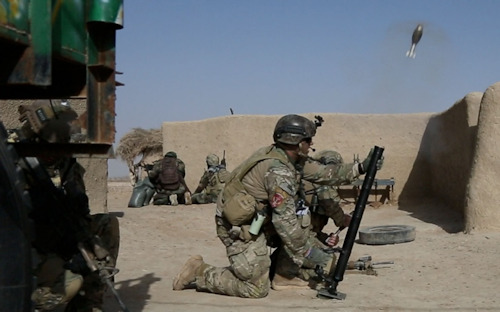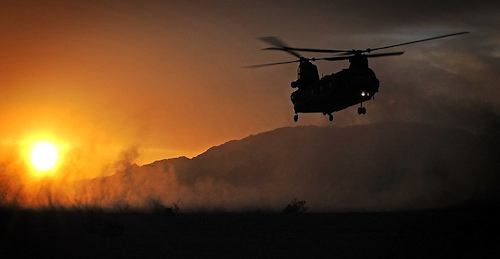In the military sphere, the British and American Armed Forces share several aspects. This connection becomes even closer when it comes to the Special Forces Section, since the current American units have been inspired by their British counterpart.
It is also true that the British were pioneers in special operations. Indeed, during the Second World War, the British and their Commonwealth allies created the first modern units for special operations, namely the SAS (Special Air Service), the SBS (Special Boat Squadron), the Commandos and the Long Range Desert Group (however it should be remembered that the Xˢ MAS also made its contribution in the creation of modern special units).
These units of raiders, with limited numbers, had a significant strategic impact on the conflict.
When Colonel Beckwith created the 1st Delta Special Operations Detachment (The Delta Force), at the end of the 70s, took as a reference the 22nd British SAS rgt, in which he had served years earlier as part of an exchange program between the two countries.

The American and British armed forces regularly exchange soldiers and officers, even more frequently for special forces operators.
The SAS operators carry out operational cycles in the Delta Force and the SBS operators in the DEVGRUP (formerly Team Six) and vice versa. But the exchanges also take place in the departments of the second circle of the Special Forces Section. For example, a Marine Recon spent a two-year stint with a Royal Marine Commando, while a Ranger of the 75th Rgt passed the SAS selection and served in a squadron for three years.
This interchange finds practical application in operational theaters, where Americans and British have always had an intense collaboration. Indeed, if we consider the operations in Afghanistan, Iraq and Syria, the American and British special forces have, from the beginning. cooperated closely, including in sharing information (at a level unknown to other Alliance members).
Currently, the British Special Forces Section can be split into two tiers.

In the first level we find it Special Air Service, the Special Boat Service, the Special Reconnaissance Regiment and Special Forces Support Group (SFSG), whose activities mainly focus on counter-terrorism, hostage rescue, in-depth reconnaissance and direct action.
In the second level we find i Royal Marines Commandos, the Parachute Regiment and 18 Signal Regiment of the Royal Corps of Signal.
As far as air support is concerned, the aforementioned departments (especially those of the first level) can count on Joint Special Forces Aviation Wing which, in peacetime, is under the command of the RAF.
The units of the first level are part of the UKSF (United Kingdom Special Forces), under the command of a major general.
The military leaders have decided to expand the Special Forces Section and, at the same time, redirect the mission of those already in existence.

The British Army has decided to create a special operations brigade, the main core of which will be a new ranger regiment (probably similar to the 4th rgt ranger Monte Cervino).
The new unit will be called upon to carry out the missions that are currently the prerogative of the first level departments. As far as is known, the personnel will be selected from the conventional battalions of the Armed Force.
The Royal Navy, for its part, is carrying out the project of the Future Commando Force, or converting the Commandos of the Royal Marines (opening photo), from units with special operations capabilities, to a full-fledged special force. The process has already been in place for some time, for this purpose equipment and armaments more suited to a special department have arrived.
Apparently, the expansion of the Special Forces Sector will be aimed at allowing classic units, such as the SAS and SBS to concentrate essentially on counter-terrorism operations but, above all, in operations covert towards important state actors.
Photo: UK MoD / US Army / British Army












